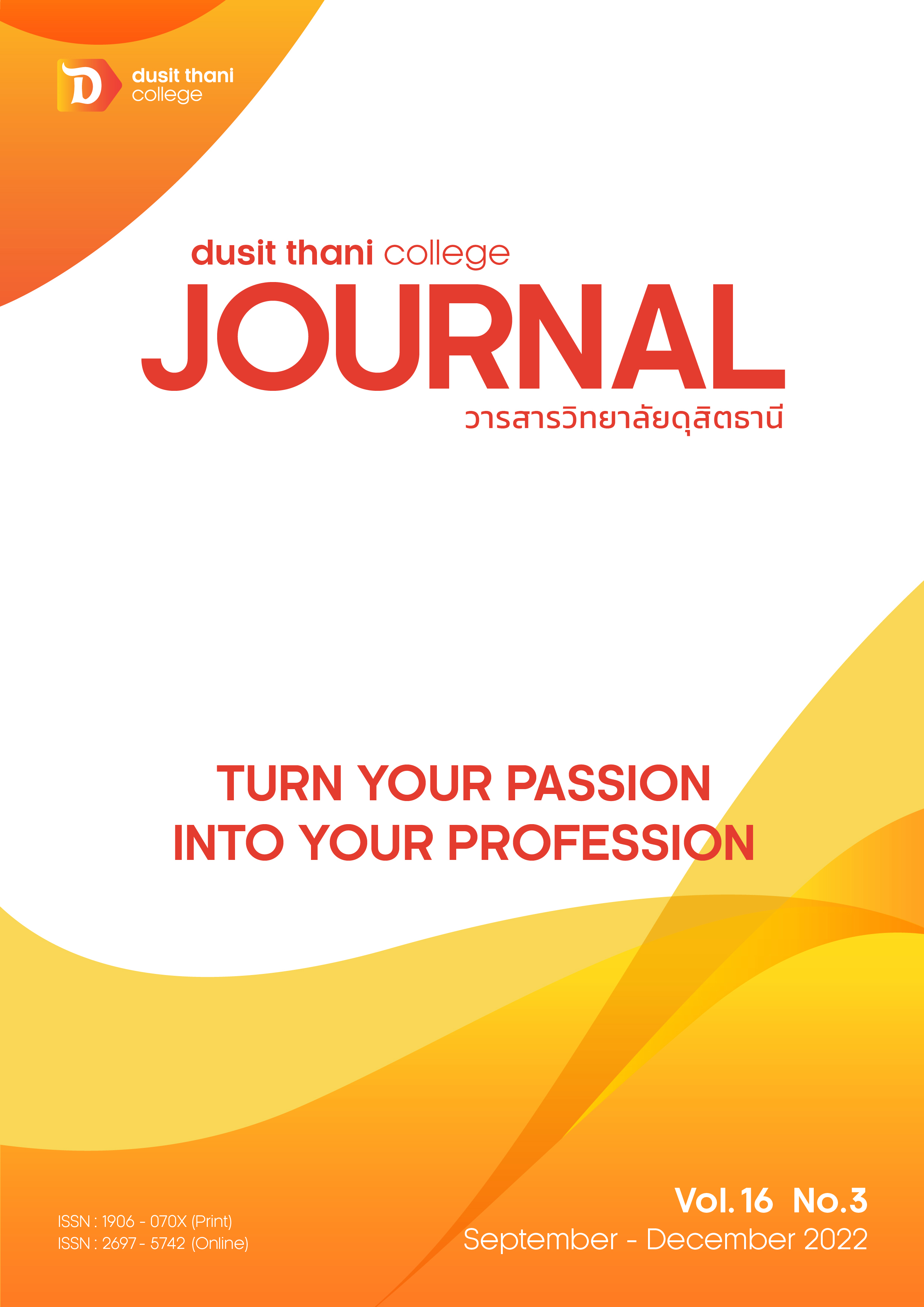Factors Affecting the Efficiency Performance in Auto Parts Industry Staffs at HI-TECH Industrial Estate Ayutthaya Province
Main Article Content
Abstract
The purposes of this study were: 1) to study organizational commitment, organizational climate, job satisfaction and efficiency performance in auto parts industry staffs at HI-TECH Industrial Estate Ayutthaya Province 2) to study factors affecting the efficiency performance in auto parts industry staffs and 3) The suggestions for increasing the efficiency performance for auto parts industry staffs. The population in this study were in Auto Parts Industry Staffs who work at HI-TECH Industrial Estate Ayutthaya Province. The 370 samples were selected by using simple random sampling methodology. The research instrument was a questionnaire. The data was analyzed by frequency, percentage, mean, standard deviation and multiple regression analysis for analyzing the relationship.
The results of the study found that: 1) The most of the respondents were female. They had a bachelor's degree, marital status, and work experience of more than 15 years. 2) The mean score of overall opinions on the Organizational Commitment, Job satisfaction and efficiency performance was rated at the high level and Organizational Climate was rated at the moderate level and 3) Organizational commitment, Organizational Climate and Job satisfaction affecting the Efficiency Performance in Auto Parts Industry Staffs at HI-TECH Industrial Estate Ayutthaya Province. The two predictors could be combined to predict of efficiency performance in Auto Parts Industry Staffs at HI-TECH Industrial Estate Ayutthaya Province by 61.30 percent which was significant at the .05 level of statistical significant. 4) Suggestions the organization should have activities to create more organizational climate. Performance is evaluated in response to the award. Executives should promote career advancement for employees. To have the opportunity to develop themselves, including training Organizations should create activities to foster good relations among colleagues and create goals for working together.
Article Details

This work is licensed under a Creative Commons Attribution-NonCommercial-NoDerivatives 4.0 International License.
Article Screening Policy
- All research and academic articles to be published must be considered and screened by three peer reviews in the relevant field / article.
- All articles, texts, illustrations and tables published in the journal are the personal opinions of the authors. Editors don't always have to agree. And no responsibility whatsoever is the sole responsibility of the author.
- The articles to be published must never be published. Where did you first publish? And not in the consideration of other journals If the audit found that there has been a duplicate publication It is the sole responsibility of the author.
- Any article that the reader sees as being plagiarized or impersonated without reference. Or mislead the work of the author Please let the journal editor know it will be your greatest blessing.
References
Autsawasuntharangkul, P., Chinachoti, P., and Thungwha, L. (2019). Relationship between Organizational Climate and Organizational Commitment of Employees: A Case study Mektec Manufacturing Corporation (Thailand) Company Limited. Payap University Journal. Volume 29 No. 1.
Chaiyakul. T. (2018). The Effects of Motivation, Satisfaction and Organization Commitment to Employees’ Performance in Automotive Industry of the Eastern Seaboard 1 Industrial Estate, Rayong. Journal of Humanities and Social Sciences, Rajapruk University. Vol. 4 No. 3. October 2018 - January 2019
Chinachoti, P. (2015).The Relationship between Employee Engagement and Organizational Citizenship Behavior of Small Commercial Bank Staffs in Bangkok. Kasem Bundit Journal. Volume 16 No. 2 July-December
Herzberg, F. (1959). Federick; Mausner, Bernard; and Synderman, Block the Motivation to Work. New York: John Willey
Meyer, P.J., and Allen, N.J. (1991). A three-component conceptualization of organizational Commitment. Human Resource Management Review.
Motowidlo, S. J., W. C. Borman., and M. J. Schmit. (1997). “A theory of individual differences in task and contextual performance”. Human Performance. 10 (2): 71–83.
Peterson, E. and Plowman, E.G. (1989). Business Organization and Management. Homewood, Illinois: Richard D. Irwin
Pichetsiraprapa., P. (2017). The Influence of Organization Culture Structure and Job Satisfaction that Influence the Electricity and Electronic Industry Performance in Eastern. EAU Heritage Journal. Volume 7 No. 3.
Sutthadaanantaphokim. K., and Khanthahat, P. (2021). Motivation and Hygiene factors Affecting Performance Efficiencies of Government Housing Bank Employees in Bangkok and Surroundings Areas. Pathumthani University Academic Journal. Vol. 13 No. 1.
Salwana, H. (2007). Employee’s Engagement: a Case Study of the Employees from PTT Public Company Limited. Master of Science (Human Resource Development). BKK: National Institute of Development Administration.
Stringer, R. (2002). Leadership and Organization Climate. New Jersey: McGraw–Hill.
Vanichbuncha, K., and Vanichbuncha, T. (2015). Using SPSS for Windows to analyze data. 25thed. Bangkok: Samlada Printing House.
Yamane, T. (1973). Statistics : an Introductory Analysis. 3rd ed. New York: Harper and Row.
Zikmund, W.G., Babin, B.J., Carr, J.C. and Griffin, M. (2013). Business Research Methods. (9th Ed.).Canada: South-Western, Cengage Learning.)


